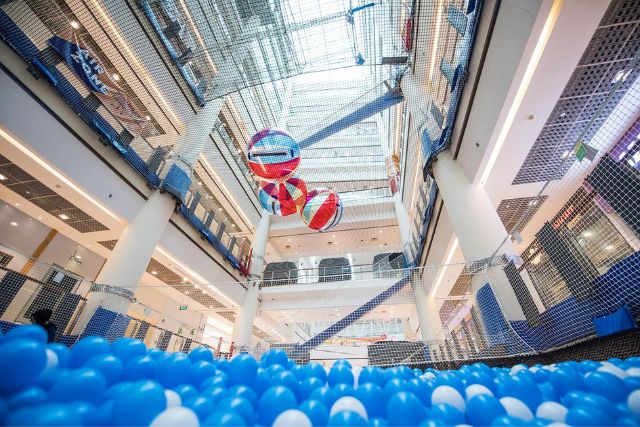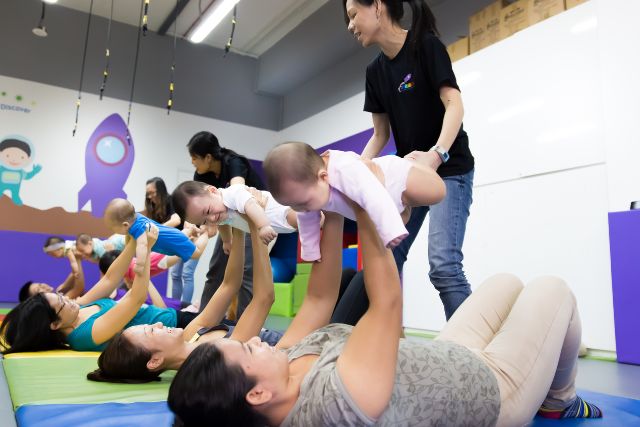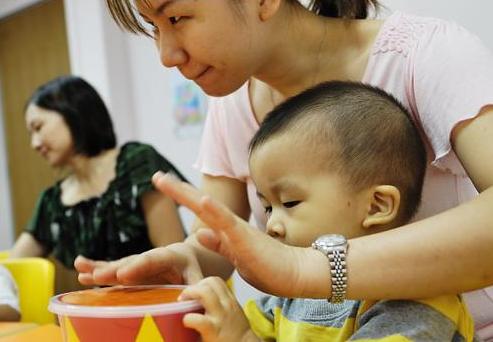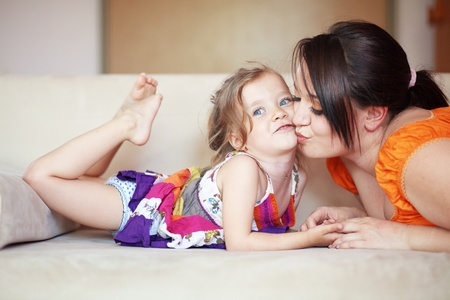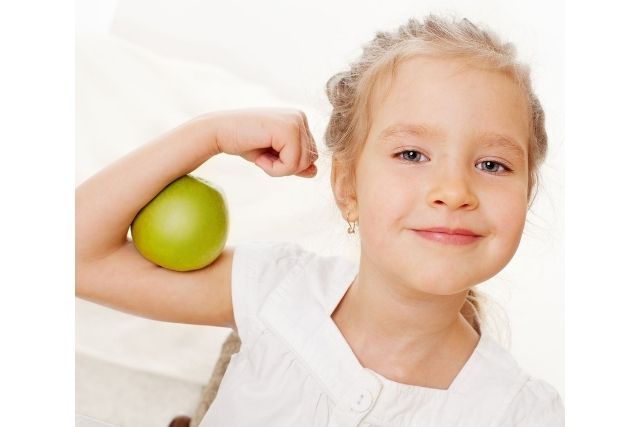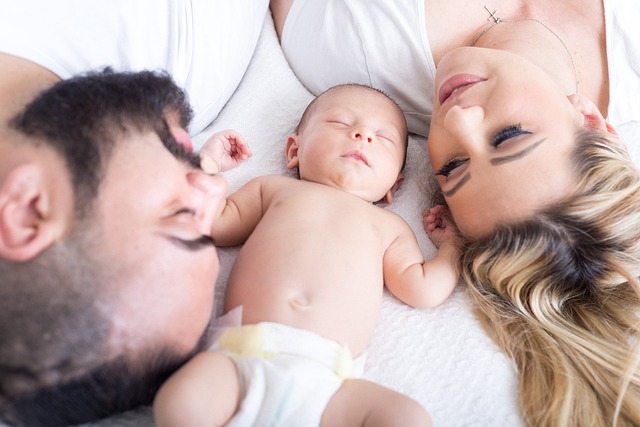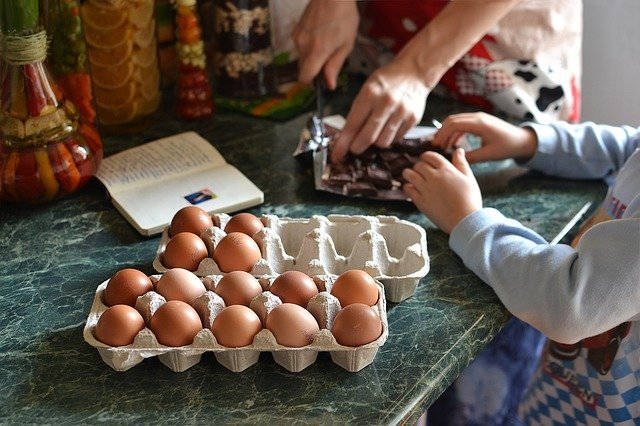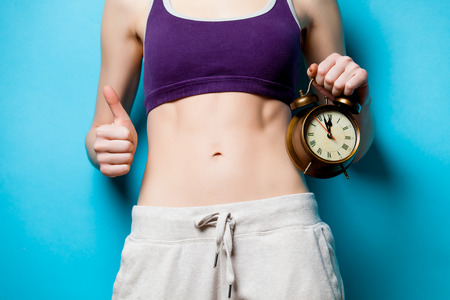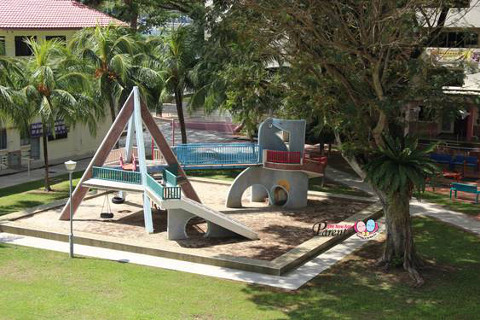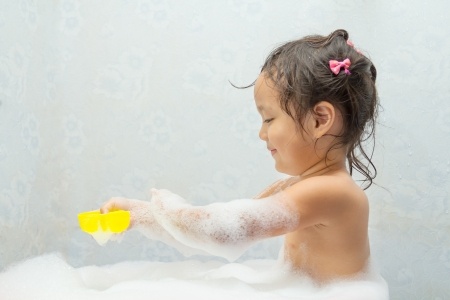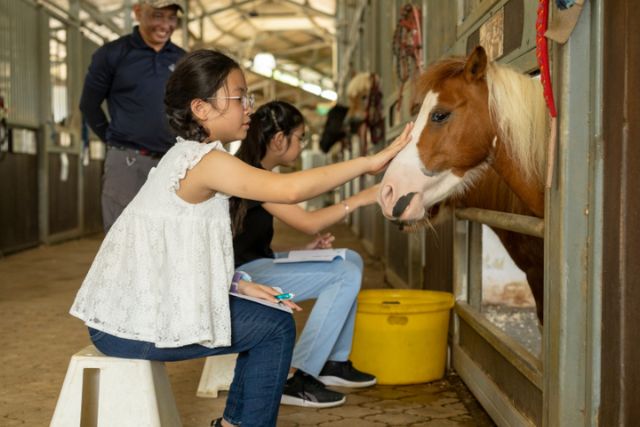Research has shown that there are significant benefits from movement at an early age and a strong association with brain development such as cognitive functions in comprehension, memory and even creativity.
How Exercise Benefits Brain Development

Exercise increases blood flow to the brain, delivering oxygen and glucose, which the brain requires for increased alertness and mental focus.
Physical activity helps in growing the frontal lobe of the brain that controls emotional expression and language.
It also reduces stress as it releases ‘feel-good’ hormones such as endorphins, dopamine and serotonin. Otherwise, stress to a young one can impair a child’s brain development.
Children who grow up being active are cultivating good habits that continue into their adulthood, sparking an interest or further participation in sports and/or other recreational fitness activities. They are also less likely to develop illnesses such as obesity and heart problems.
Simple Exercises To Introduce To Children
BABY (0 – 12 MONTHS)
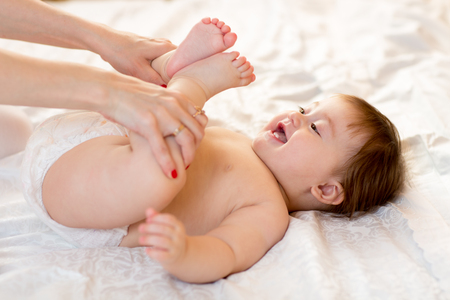
Bicycling
a) Place babies on their back and gently move their legs up and around, as if pedaling a bicycle.
b) Accompany motion with sounds such as a coo or singing, repeat for 3 – 5 times and keep going when baby reciprocates by smiling or kicking.
What it does:
- Builds leg, hip, knee and ab strength as well as increase flexibility and range of motion.
- Cycling baby’s legs also helps to relieve gas as it’s a natural method for pushing air out of their system.
TODDLER (1 – 3 YEARS)
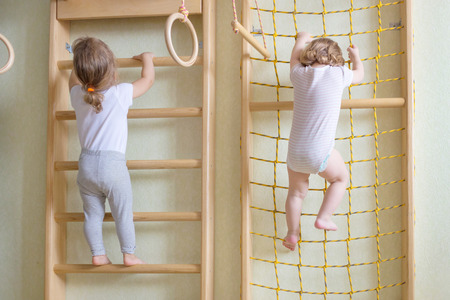
Cruiser Boxes and Wall Bars
a) Encourage children to explore cruiser boxes and allow them to navigate freely and independently.
b) Guide them on Wall Bars to ensure proper posture and leg stance.
c) Build customizable obstacles/ at-home jungle gyms with cruiser boxes that increase in difficulty as a child age.
What it does
- Helps young infants learn how to walk and overcome any fear of heights from an early age
- Aids in discovery of their own physical strength, balance and coordination abilities, which helps build confidence and self-esteem
PRESCHOOL (4 – 6 YEARS)
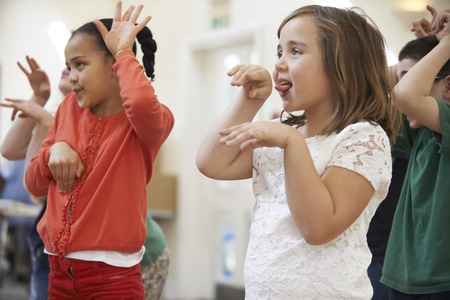
Dance Jam
a) Play a song where kids can dance to and freeze when the music stops.
b) Encourage different movement styles for children to explore, be it dancing, hopping or skipping to musical beats.
What it does
- Builds self-awareness, timing, coordination and their sense of rhythm
- Allows for group work and grow a sense of camaraderie among the team, helping the child feel a part of something bigger than themselves
How You Can Inject Play Into Exercise At Home
- Music and storytelling are your best friends
A way to inject play into exercises at home would be to use tools such as storytelling, music and dance. Imagination is also a key part in getting a child engaged and excited for exercise.
- Set it up as a game
Another key point is the way it is framed. Consider ‘Are you ready for a fun game?’ vs ‘It’s time to exercise’ – it’s no surprise that your child will react better to the former and might not even realise he/she is exercising. Adding a little friendly competition can also help!
- Be creative!
Instead of hopping from one place to another, play an adaptation of ‘The Floor is Lava’ that helps junior get from one place to another without having his/her feet touch certain parts of the floor,
- Use props and a story
Use tangible and child-friendly props such as animal-shaped blocks that can be used to create storylines such as ‘Help lion find his family’, by having Junior categorize the blocks into their animal families.
- Don’t forget your warm-ups and cool-downs
Include a warm-up and cool-down period before and after aerobics activities by timing it well with songs to indicate the start/end of playtime. For example, we can play meaningful songs that help to lift mood and empower children.
Consider making everyday activities into a game to elevate the play factor. For example, during shower time, kids can make routines into games by rolling their clothes into a ball to aim into the laundry basket.
The Best Time To Exercise For Kids
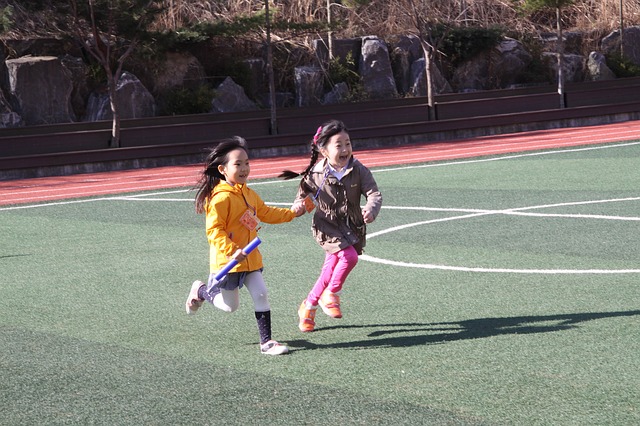
Like adults, the best time for children to exercise is in the morning as it gets the blood pumping and can energize and elevate moods for the rest of the day. It also raises the metabolic rate which means more calories are burned for up to 1.5 hours post-exercise.
Health Promotion Board has recommended 180 minutes of physical activities daily, this means keeping kids in a non-stationary position.
Start children with daily exercise from 6 months onwards, a recommended activity for infants of 6 months can be 30 minutes of tummy time.
This article was contributed by Mohammed Azhar Bin Yusof, Kinderland‘s KinderFit Specialist.
* * * * *
Like what you see here? Get parenting tips and stories straight to your inbox! Join our mailing list here.
Running a service or business targeted for parents? Reach out to a wider audience in our Preschool Singapore compilation. Leave your contact details here and we will get in touch with you.



















